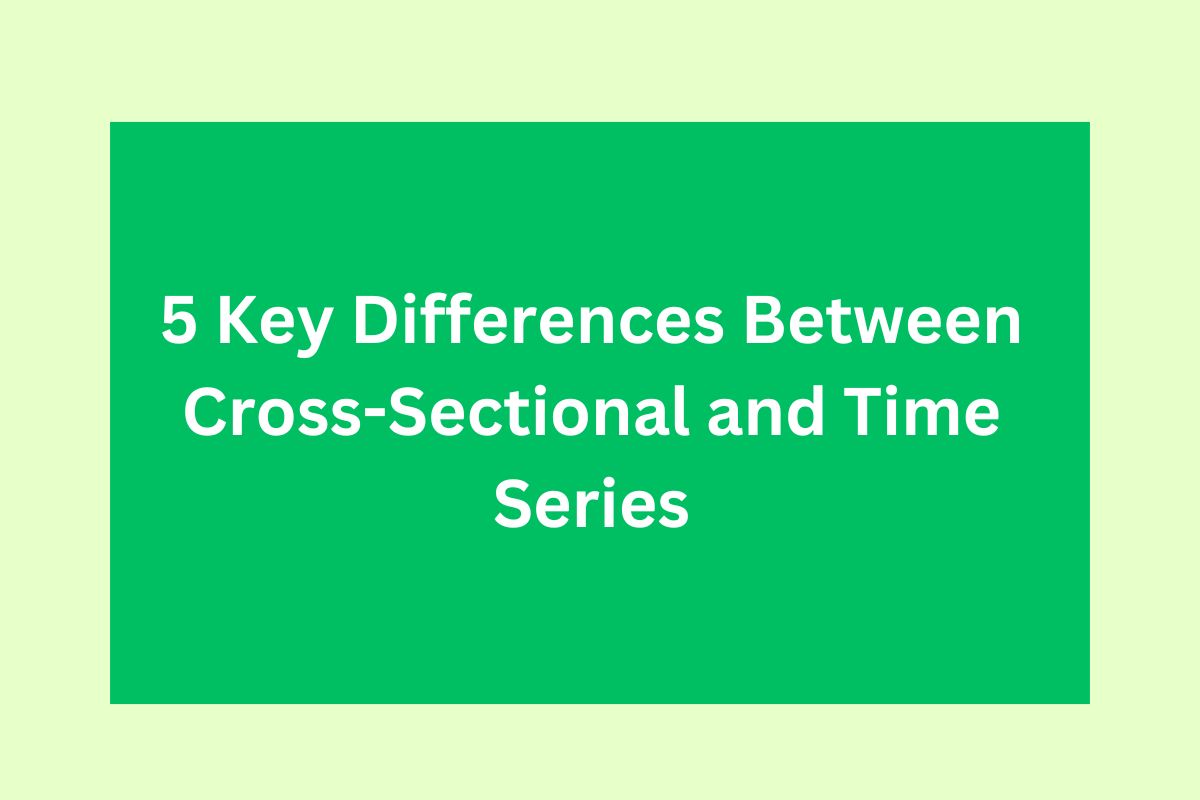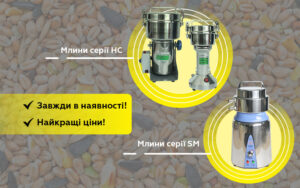5 Key Differences Between Cross-Sectional and Time Series
When analyzing data, two key types of data structures often come into play: cross-sectional data and time series data. Understanding the differences between these two data types is crucial for selecting the appropriate statistical methods and making accurate interpretations. In this guide, we’ll explain the five key differences between cross-sectional and time series data in a way that’s easy to understand.
1. Nature of Data
Cross-Sectional Data
Cross-sectional data provides a snapshot of information at a single point in time. It’s like taking a photograph—everything is captured in that instant. For example, if you survey 1,000 people about their income and education level today, the data collected represents the characteristics of those individuals at that specific moment.
- Example: The height and weight of 50 people measured on the same day.
- Characteristics: Data points across various subjects but at the same time.
Time Series Data
Time series data, on the other hand, tracks the same subject(s) over a period of time. It’s like a video where you observe how things change from one frame to the next. Time series data helps you understand patterns, trends, and changes over time.
- Example: Monthly sales of a company over the last 10 years.
- Characteristics: Data points from the same subject but at different time intervals.
2. Purpose of Analysis
Cross-Sectional Data
The primary goal when analyzing cross-sectional data is to compare subjects at a given point in time. It allows you to understand relationships and differences between various entities at a specific moment. Cross-sectional analysis is common in areas like demographics, where researchers are interested in comparing different groups based on factors like age, income, and education level.
- Example Purpose: Comparing income levels between urban and rural populations.
Time Series Data
The main objective of time series analysis is to track changes and forecast future trends based on historical data. It helps you identify long-term trends, seasonality, or patterns in the data. Time series analysis is widely used in economics, finance, and weather forecasting, where it’s crucial to predict future events.
- Example Purpose: Forecasting the future stock prices of a company based on past trends.
3. Data Structure
Cross-Sectional Data
Cross-sectional data is often arranged in a matrix form, where each row represents a different subject (such as individuals, companies, or countries), and each column represents a variable (such as age, income, or education). Since the data is collected at a single point in time, there’s no need to account for time as a variable.
- Structure: Rows represent different entities, and columns represent variables.
- Example Format:
| Person | Age | Income | Education |
| John | 28 | $50,000 | Bachelor |
| Lisa | 34 | $60,000 | Master |
Time Series Data
In time series data, the time variable is crucial and often represented as a separate column. Each observation in the dataset corresponds to a different point in time, and all other variables are recorded at those specific time points. It’s common to have regular intervals like daily, monthly, or yearly observations.
- Structure: Rows represent different time periods, and columns represent the variable(s) of interest.
- Example Format:
| Year | Sales |
| 2019 | $1M |
| 2020 | $1.5M |
| 2021 | $2M |
4. Analytical Techniques
Cross-Sectional Data
Analyzing cross-sectional data typically involves methods like regression analysis, correlation, and chi-square tests. Since there’s no time dimension, the focus is on identifying relationships between variables or comparing different groups. You might use cross-sectional analysis to determine if a relationship exists between income and education level.
- Methods: Regression analysis, correlation, ANOVA, chi-square test.
- Example Question: Is there a significant relationship between education level and income?
Time Series Data
Time series analysis is more complex because it requires considering the time component. Special statistical techniques are used to account for trends, seasonality, and autocorrelation (the relationship of a variable with itself over successive time intervals). Popular methods include moving averages, ARIMA (AutoRegressive Integrated Moving Average), and exponential smoothing.
- Methods: ARIMA, exponential smoothing, seasonal decomposition, moving averages.
- Example Question: Can we predict next year’s sales based on the previous 5 years?
5. Dependence of Observations
Cross-Sectional Data
In cross-sectional data, observations are independent of each other. This means that knowing the value of one observation doesn’t provide information about the value of another observation. For example, knowing John’s income doesn’t tell you anything about Lisa’s income.
- Characteristics: No direct relationship between observations.
- Example: The income of one person in the dataset doesn’t affect the income of others.
Time Series Data
In time series data, observations are dependent on previous time periods. What happens today is often influenced by what happened yesterday or last month. For example, if a company’s sales increased last month, it’s likely that this month’s sales will be impacted by that trend.
- Characteristics: Observations are related to each other over time.
- Example: The sales in 2023 depend on the sales trends from 2022 and before.
Conclusion
To summarize, cross-sectional data and time series data serve different purposes and require different methods of analysis. Cross-sectional data captures a snapshot at one point in time, while time series data records changes over a period of time. Understanding their differences is critical for selecting the right approach when analyzing data.
- Cross-Sectional Data:
- Snapshot in time.
- Compare different subjects at the same time.
- Simple data structure without time dimension.
- Observations are independent.
- Used in surveys, demographic studies, etc.
- Time Series Data:
- Tracks data over time.
- Analyze trends, patterns, and forecast future values.
- Time is a crucial variable.
- Observations are dependent.
- Used in forecasting, finance, and economics.
Understanding the differences between these two data types allows you to choose the right analytical methods and tools, which is essential for any professional in the field of data science. Courses like the Data Science Training Course in Noida, Delhi, Gurgaon and other locations in India can provide you with the necessary skills to confidently work with both cross-sectional and time series data, enhancing your ability to analyze and interpret data across various domains.














Post Comment